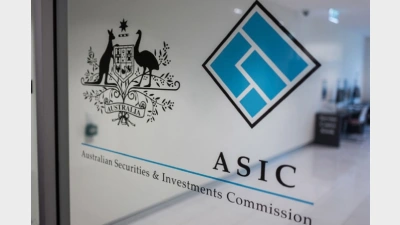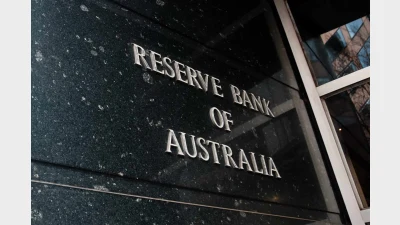Super funds need to ‘dig deeper’ on modern slavery



Superannuation funds need to “dig deeper” when it comes to combating modern slavery despite 95% of surveyed funds carrying out modern slavery risk assessments on assets, according to JANA.
The investment consultant surveyed 20 large super funds and found only 5% of funds reviewed conduct risk assessments of supply chains beyond tier one of assets. Modern slavery was more likely to be identified at tiers three and four.
It also found under 45% conducted internal modern slavery training, with even fewer at board or c-suite level. It said dedicated frameworks or processes to improve how super firms identified and resolved modern slavery issues remained a work in progress.
The survey also found 15% of funds to date had produced a standalone modern slavery policy.
JANA consultant, Christopher Beattie said: “While it is difficult to identify risks at the investee company level, the Australian superannuation industry have a material influence on the fight against modern slavery.
“They have an opportunity to use their collective size and influence to advocate against modern slavery and thereby strengthen the social systems on which capital markets and their investments rely.”
Beattie said he was pleased to see that the majority of large super funds elected to produce Modern Slavery Statements despite not meeting the revenue threshold in the first year of the reporting requirement.
“It shows that the industry is engaged and serious about this issue, but the fact still remains that super funds need to dive deeper and conduct wider analysis within and across asset classes over time to try an identify any instances of modern slavery,” he said.
“It is essential that risk assessments look further down the supply chain at tiers three and four and beyond, where instances of modern slavery are typically identified.”
Recommended for you
Australia’s superannuation funds are becoming a defining force in shaping the nation’s capital markets, with the corporate watchdog warning that trustees now hold systemic importance on par with banks.
Payday super has passed Parliament, marking a major shift to combat unpaid entitlements and strengthen retirement outcomes for millions of workers.
The central bank has announced the official cash rate decision for its November monetary policy meeting.
Australia’s maturing superannuation system delivers higher balances, fewer duplicate accounts and growing female asset share, but gaps and adequacy challenges remain.









